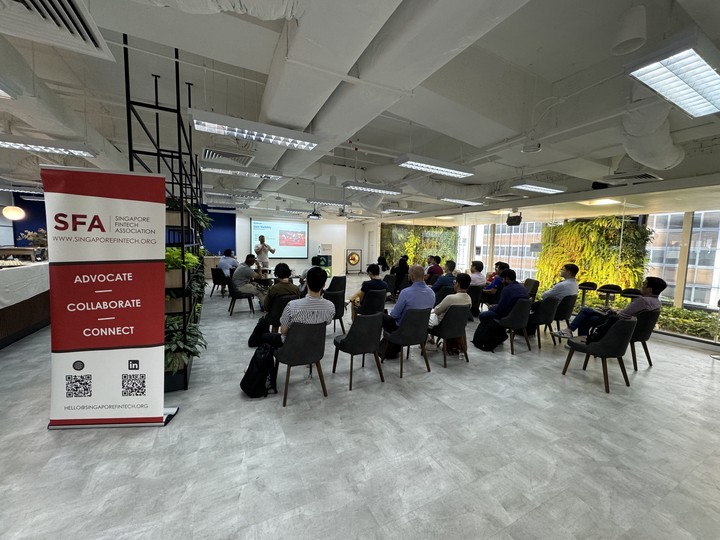SFA, Incident Response Master Class
 Incident Response Master Class, From Crisis to Confidence
Incident Response Master Class, From Crisis to Confidence
Enhancing Cyber Resilience through Structured Response
On May 30th, a masterclass in Singapore provided cybersecurity professionals with actionable, data-driven strategies to mitigate and manage security incidents. The session focused on scientifically validated methods and industry-standard frameworks to ensure robust incident response planning.
Understanding the Threat Landscape
The masterclass opened with an analysis of current cybersecurity statistics:
- Incident Volume: 30,458 security incidents recorded in 2024.
- Average Breach Cost: $4.45 million per incident.
- Regional Insights: Emphasis on recent breaches in Singapore and the fintech sector, highlighting the urgency for proactive measures.
These figures are substantiated by industry reports such as the Verizon Data Breach Investigations Report and the Ponemon Institute Cost of a Data Breach Report, with additional context from the Singapore Cyber Landscape 2022.

Crafting an Effective Incident Response Plan
A robust incident response plan must be built on the following technical fundamentals:
- Documented Policies and Procedures: Establish clear guidelines through a Security Incident Response Policy, detailed runbooks, and standard operating procedures.
- Key Plan Components: Define the mission, strategic approaches, performance metrics, and establish precise internal and external communication protocols.
- Infrastructure Preparedness: Ensure comprehensive logging, proper segmentation of critical assets, and the inclusion of vendor-related risk assessments.
These recommendations are reinforced by best practices found in the Computer Security Incident Handling Guide and the SANS Incident Handler’s Handbook.
Preparation and Practical Exercises
Preparation is essential to validate and refine incident response capabilities:
- Runbooks and Tabletop Exercises: Simulate real-world scenarios to test and enhance response readiness.
- Pre-Incident Setup: Prioritize visibility and risk management, including strategies for managing third-party risks.
- Response Execution: Follow a structured process covering notification, triage, analysis, containment, remediation, and recovery.
Industry frameworks like MITRE ATT&CK, the NIST Cybersecurity Framework Policy Template Guide, and CISA Tabletop Exercise Packages provide validated methodologies for these steps.

Industry Standards and Best Practices
A comparative overview of key industry standards reinforces the technical approach:
| Aspect | Source/Framework | Key Elements |
|---|---|---|
| Incident Statistics | Verizon DBIR, Ponemon Institute | Incident volume, breach cost metrics |
| Policy and Procedures | NIST, CIS, SANS | Documented response policies, runbooks, communication plans |
| Practical Preparedness | MITRE ATT&CK, CISA, Tabletop Exercises | Simulation exercises, risk management, recovery processes |
Conclusion
The masterclass demonstrated that a continuously updated, scientifically validated incident response plan is essential for maintaining cyber resilience. By leveraging industry standards and engaging in regular practical exercises, organizations can effectively mitigate risks and safeguard their operations against evolving cybersecurity threats.